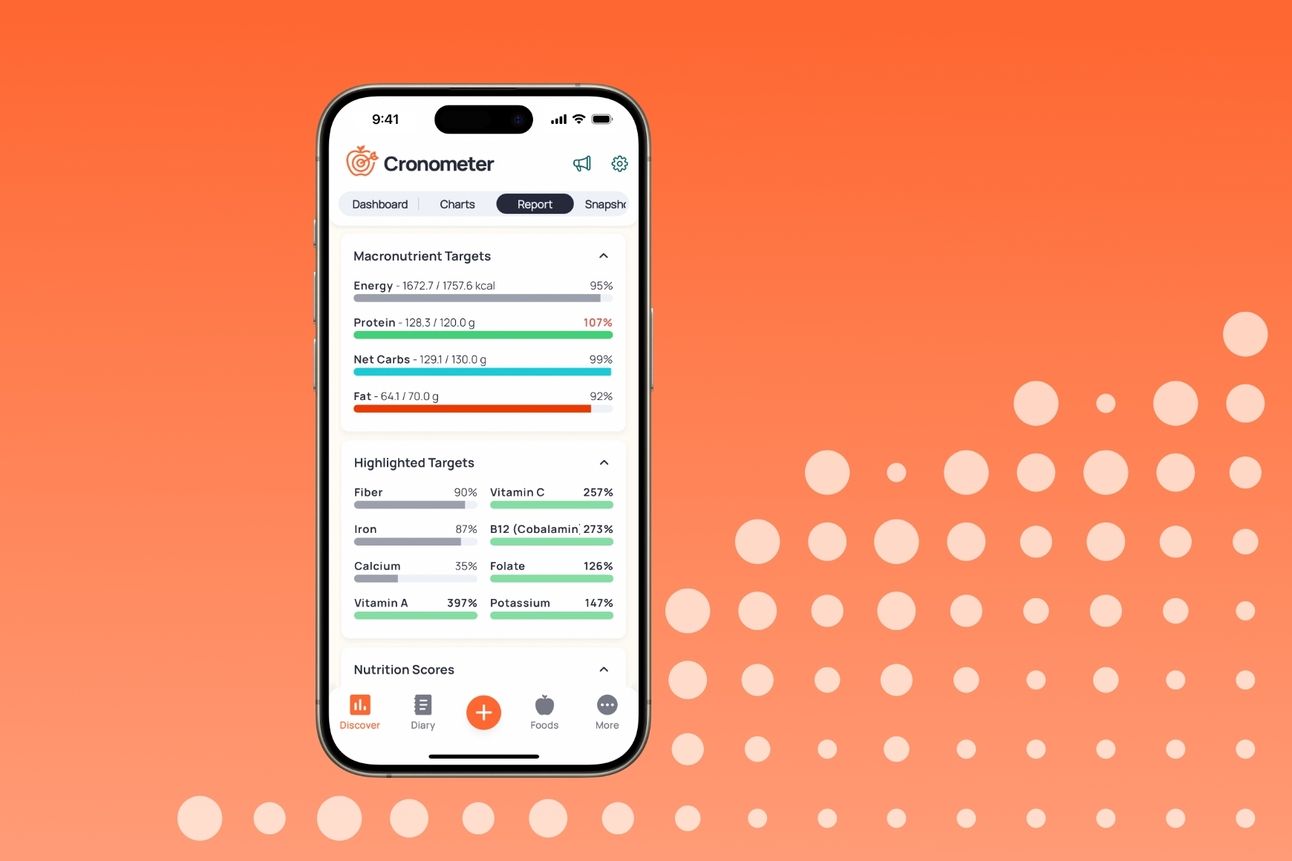- Holy Bulk
- Posts
- #6 - Macronutrients for Max Gains
#6 - Macronutrients for Max Gains
Your practical guide to splitting protein, carbs, and fats for lean gains.

Last time, we covered how to calculate your total daily calorie needs.
Did you find yours yet? If not, I’m here to help — just hit reply.
🎯 Today’s Focus: Your Macro Split

Your goal isn’t just weight gain — it’s lean, dense, fat-free mass. That’s where macronutrients make or break your progress.
⚖️ Why Does the Split Matter?
CICO (Calories In, Calories Out) is the base of the pyramid. Total energy determines if you gain or lose weight, sure. But how you split that energy between protein, carbs, and fats determines what you gain — mostly muscle or mostly fat.
Think about it:
Would eating 3,000 kcal entirely from fat yield the same result as 3,000 kcal balanced across all macros? Absolutely not — and both real-world results and decades of research back that up.
✅ Your Macros Affect:
How much weight you gain as muscle vs. fat
Training performance & recovery
Hormone balance, energy, and diet adherence
🧬 Science Sum-Up:
Protein: Higher protein intake preserves/builds muscle in both surplus and deficit (Morton et al., 2018)
Carbs: Fuel training, maintain glycogen, and protect muscle indirectly (Aragon et al., 2017)
Fats: Essential for hormone production, nutrient absorption, and health (Hall & Guo, 2017)
The Holy Bulk Macro Split
Here’s what I personally use and why — I also recommend you tightly stick to this to fit your stats and achieve similar results:
Macro | % of Total | Example (kcal) |
|---|---|---|
Protein | ~25% | ~868 kcal |
Carbs | ~60% | ~2,084 kcal |
Fats | ~15% | ~521 kcal |
Total | — | ~3,473 kcal/day |
Breakdown in grams:
Protein: ~217 g (~2.8 g/kg for my stats — on the higher end to maximize MPS)
Carbs: ~521 g (~6.7 g/kg/day — great for fueling heavy training)
Fats: ~58 g (~15% keeps hormones supported while leaving plenty of room for carbs)
👉 If you feel low energy or hormonal dips, raise fats slightly — but 15–30% is the sweet spot for lean gainers.
🧩 Nutrient Segregation: The X-Factor
Before you start plugging your macros into meals, remember this: how you combine them matters too.
Nutrient segregation — intentionally keeping high-carb meals low in fat — is a powerful tool for leaner weight gain. It’s sometimes called nutrient timing or carb-fat separation, but here we call it what it is: smart eating.
When you eat lots of carbs, your insulin rises. This suppresses fat burning and pushes your body to use carbs for fuel.
When you eat mostly fat and keep carbs low, your body flips that switch — it burns more fat for energy.
But when you combine high carbs and high fat — especially in a calorie surplus — you create the perfect conditions to store that surplus instead of burning it. That’s the Randle Cycle in action.
😩 Bonus: The Metabolic Swamp
The “Metabolic Swamp” (s/o exfatloss) is an informal term that describes a body composition gray zone — a state where your diet and training habits keep you stuck and slow your progress, especially during a cut or a bulk.
In short, you’re in the Metabolic Swamp if you:
Mix high fats and high carbs in the same meals, which leads to inefficient fuel partitioning (hello again, Randle Cycle)
Under-train or fail to push enough progressive overload to direct surplus calories toward muscle growth
Spend too much time in a slight caloric surplus — enough to add body fat — but not structured enough to maximise lean gains
The result? You gain more fat than muscle in a surplus — or lose more muscle than fat in a deficit. You get swamped in the middle, spinning your wheels instead of building a lean, dense physique.
The Holy Bulk Rule
Keep it simple:
High-carb meals → keep fats low
High-fat meals → keep carbs low (when appropriate)
This habit helps you refill glycogen, fuel performance, and minimize fat storage — all while keeping digestion smooth.
Start practicing this now, so when you’re eating in a surplus, you’re not adding extra body fat for no reason.
🗂️ How to Track Macros
There are tons of apps, but I recommend Cronometer. Here’s why:
✅ Uses verified, science-backed databases — not just random user entries
✅ Tracks 60+ micronutrients, not just macros
✅ Helps you spot hidden deficiencies that could stall your bulk

✅ Next Steps for This Week
1️⃣ Download Cronometer & log your typical bulk foods
2️⃣ Compare to your new macro targets — where do you fall short or overshoot?
3️⃣ Build a list of staple foods you actually enjoy that hit these numbers
4️⃣ Share it with me — I’ll help you tweak it for variety, digestion, and budget
🚀 What’s Coming Next
In the next issue, I’ll break down the actual daily diet — food choices, why I picked them, and how to hit your micronutrient goals (the secret sauce most people skip).
In the meantime, dial in these macros. Track them. Stick with it.
Tiny habit. Huge upside.
— Sainté
📚 Key References
Morton, R. W., et al. (2018). British Journal of Sports Medicine, 52(6), 376–384. https://doi.org/10.1136/bjsports-2017-097608
Aragon, A. A., et al. (2017). J Int Soc Sports Nutr, 14(1), 16. https://doi.org/10.1186/s12970-017-0174-y
Hall, K. D., & Guo, J. (2017). Gastroenterology, 152(7), 1718–1727.e3. https://doi.org/10.1053/j.gastro.2017.01.052